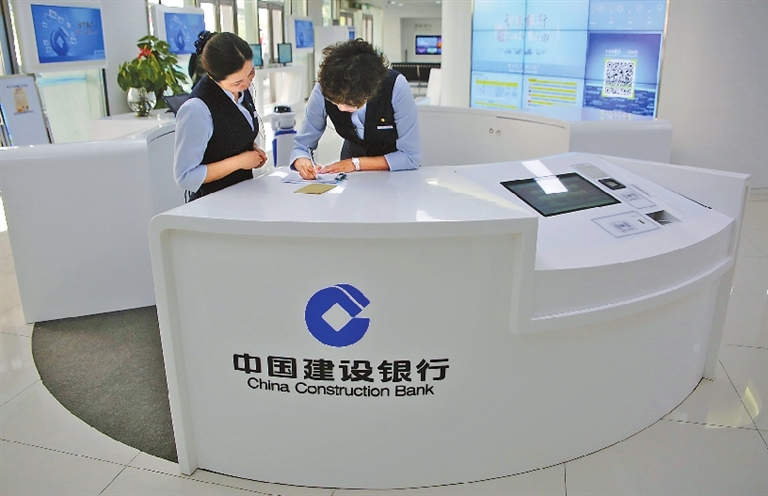
CHINA’S top four banks have warned bad loans could rise and interest margins would shrink industry-wide, as three of them last week posted their weakest quarterly profit growth in more than two years. Top lender Industrial and Commercial Bank of China (ICBC) reported flat net profit of 58.05 billion yuan (US$8.63 billion) for the fourth quarter, the first time it has seen no growth in a quarter since the July-September 2016 quarter. China Construction Bank Corp., the country’s second-largest lender, posted a 1 percent drop in net profit, its first quarterly decline since the October-December 2015 quarter. Agricultural Bank of China Ltd. (AgBank), the third-largest lender, also posted a drop of 5.4 percent in fourth-quarter net profit, its first quarterly decline since 2015. While nonperforming loan (NPL) ratios edged down by 0.01 percentage points at all the four big banks, which also include Bank of China Ltd. (BOC), the lenders sharply increased provisions for future bad debt to cushion themselves against a slowdown in the world’s second-largest economy and festering China-U.S. trade tension. “We deeply feel it’s quite difficult to maintain the low bad loan level. There are external factors, our own reasons, problems with multi layers of local governments and other pressure,” said Xu Yiming, CCB’s chief financial officer. “Do not think we are doing so well with 1.46 percent NPL ratio. It is very fragile. Once the environment changes, it can increase.” China’s economy grew last year at its slowest pace since 1990, partially due to the trade war and the government’s crackdown on financial risks, which raised corporate borrowing costs. To spur growth, the government is pushing banks to significantly boost lending to small businesses by at least 30 percent this year — a move that some analysts say could worsen banks’ future asset quality as those borrowers are riskier and more vulnerable to slowdowns. ICBC set aside more than 160 billion yuan in provisions last year and lifted its provisions to 176 percent of its nonperforming loans at end-December from 154 percent a year earlier, president Gu Shu said. CCB’s ratio rose to 208 percent at end-December from 171 percent a year earlier. AgBank’s ratio rose to 252 percent from 208 percent a year ago, and the ratio of allowance for loan impairment losses to NPLs surged 22.79 percentage points at BOC over the same period. “With a slowing economy and with also industrial profits undershooting meaningfully, for us it’s no surprise that provisions will have to go up from here,” said Gael Combes, Geneva-based head of equities fundamental research at fund manager Unigestion, which has a small holding of Chinese bank shares. ICBC’s board approved a plan to sell 80 billion yuan in perpetual bonds to boost capital. BOC, the fourth-largest lender, sold 40 billion yuan worth of perps in January. Net interest margin (NIM), the difference between interest paid and earned by banks and a key gauge of profitability, narrowed at CCB and AgBank, and stayed flat at ICBC, while bankers and analysts say the pressure on NIM will only increase this year. AgBank vice president Zhang Keqiu said the sector faced “industry-wide pressure” to keep NIM at a reasonable level in 2019. Margins are being squeezed by increased competition for deposits as well as the pressure from the government to boost lending but keep borrowing costs down. “We are facing challenges in maintaining NIM this year. It will not be as comfortable as last year,” said ICBC’s Gu, who said the bank would work hard to avoid passing on higher borrowing costs to its clients. (SD-Agencies) | 
